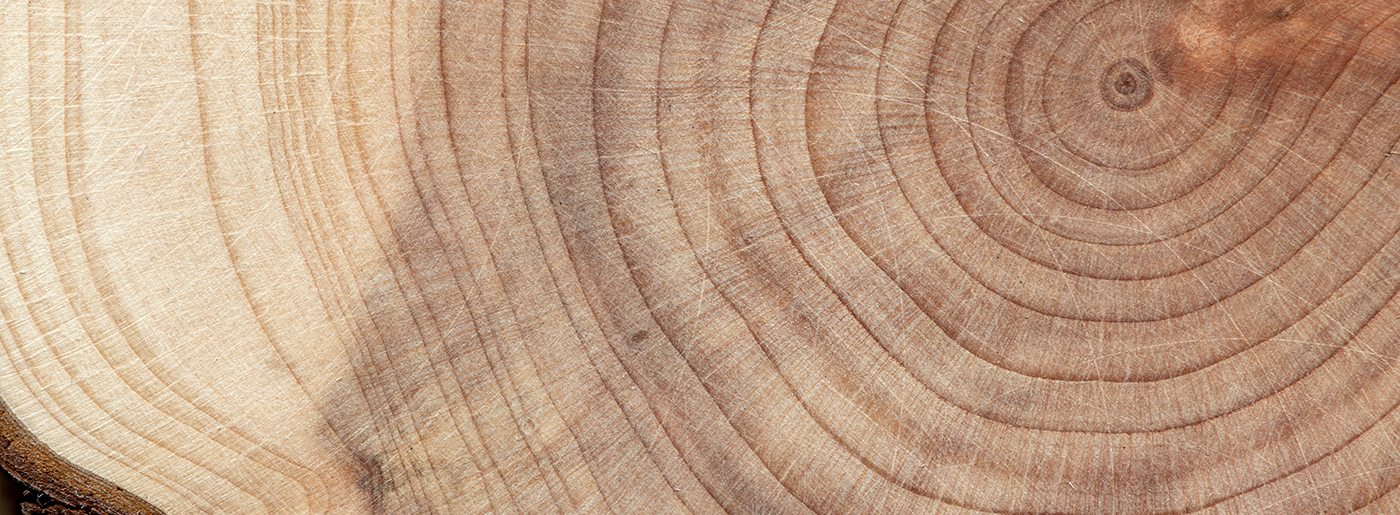“According to a major new report, the global economy has become less circular in recent years – however, increasing the use of timber in construction could help.”
According to this year’s Circularity Gap Report (a leading measure of how ‘circular’ the world economy is – i.e., how much use we get out of our materials), we are extracting more and more new materials from the earth every year. This is a major issue, because the extraction and use of new materials – rather than the reuse of existing materials – is a key component of climate change.
With a global circular economy, we would be able to meet people’s needs with only 70% of the materials we now take and use. This could bring human activity back within the safe limits of the world.
However, at present, every year, the world’s problems get worse because more and more materials are being taken out of the earth and used. Circularity around the world has gone down from 9.1% in 2018 to 8.6% in 2020 to 7.2% in 2023. This creates a huge Circularity Gap: almost all of the materials on Earth are brand new. This means that more than 90% of materials are either thrown away, lost, or can’t be used again for years because they are locked up in things like buildings and machines.
The Circularity Metric measures the amount of materials that are put back into the economy after they have served their purpose. These are called “secondary materials,” and they make up 7.2% of all the materials that go into the economy.
According to the report, world material extraction and usage would need to be cut by one-third to be safe for the planet again. This seems like a big job, but we can do it if we build circular answers into four important world systems: agriculture, transportation, manufactured and consumer goods, and the built environment.
These systems are absolutely vital to humanity’s continued flourishing – but, at the same time, they also break a lot of safe limits. By using circular solutions, companies, towns, and countries can reduce their use of materials and negative effects on the environment, like greenhouse gas (GHG) emissions, while keeping their high standards of living.
The researchers write: “The built environment today contributes 40% to global emissions and misses recycling opportunities. While building more living spaces, humanity must learn from nature, our collective home that knows no waste.”
However, this enormous impact on our environment can be reduced, in part, if we “prioritise circular materials and approaches […] favour organic materials such as wood, timber or CLT over steel and concrete.”
If you are interested in learning more about the role timber can play in your next construction project – or if you would like a quote – please contact Quercus on 0845 50 50 311. Our friendly team of experts are always happy to share the fruits of their experience with prospective customers.

